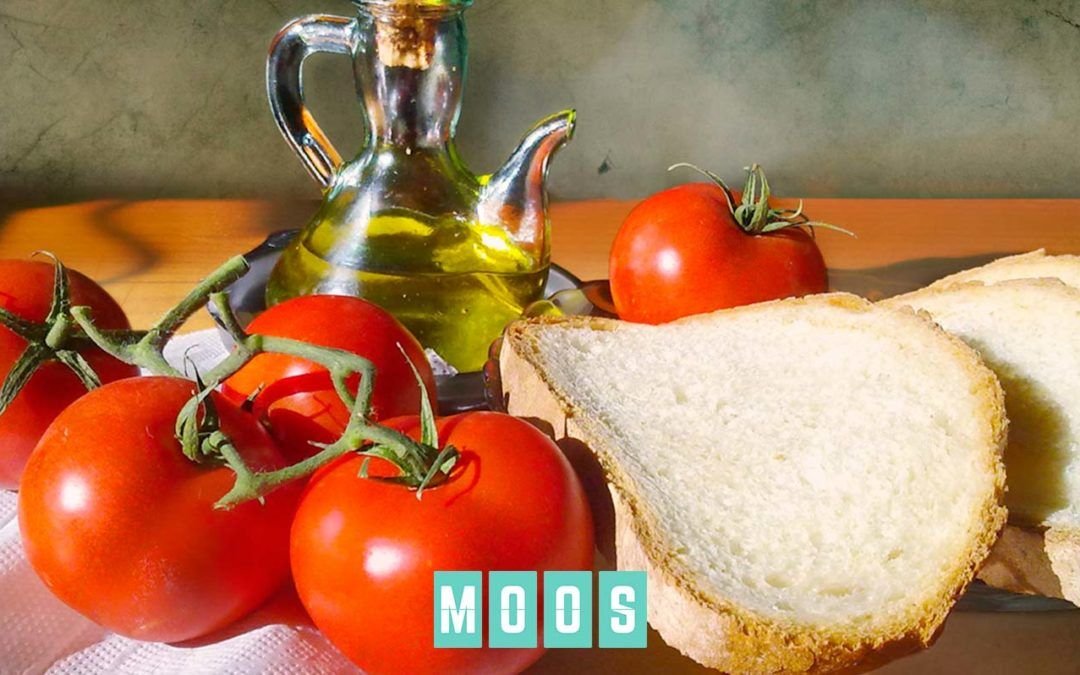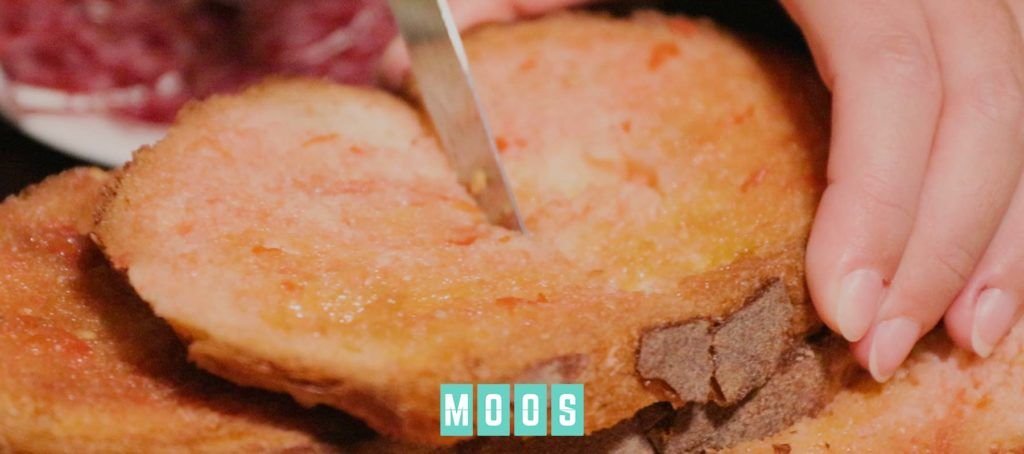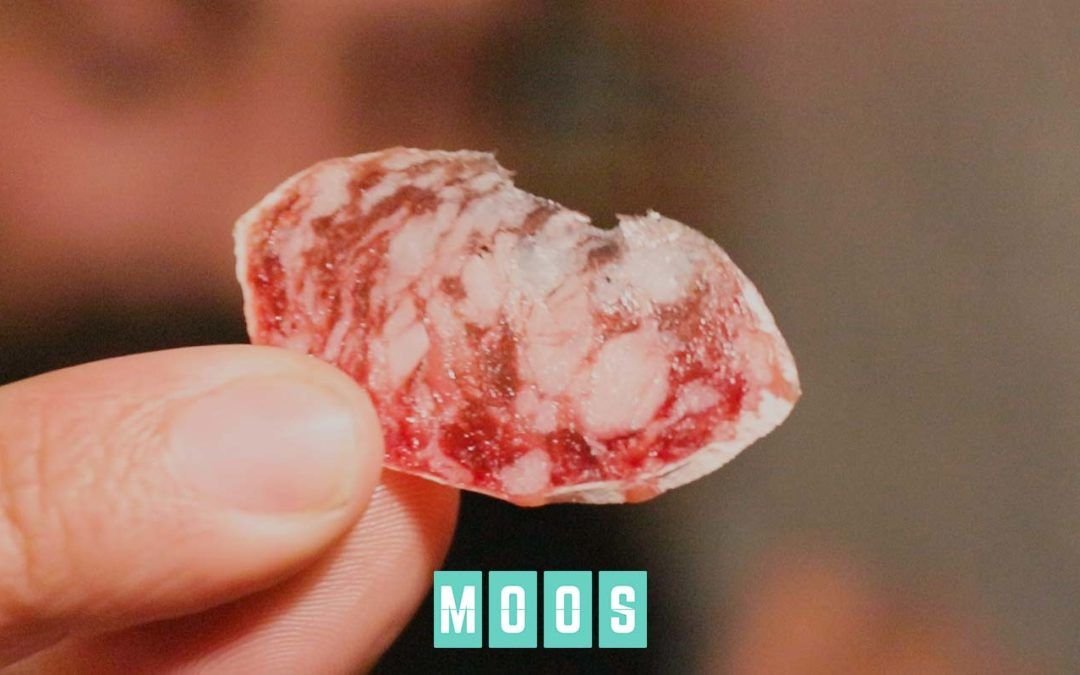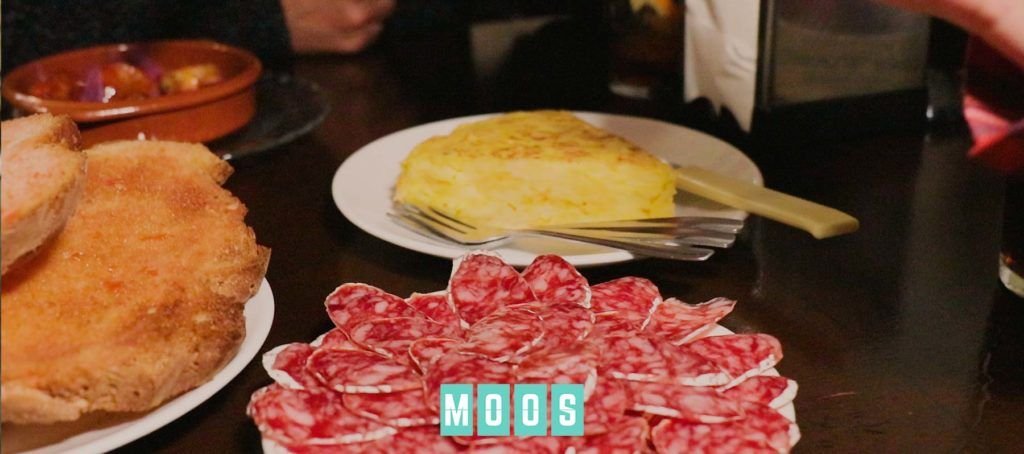
BREAD WITH TOMATO
There is a situation that is always repeated in bars and restaurants in Catalonia.
It begins with the order of the dishes or tapas to share, the waiter or waitress takes note of everything, and before leaving he asks the inevitable question: “And bread with tomato?”
And faced with such a simple question, there is always a simple answer: Yes!
You can never miss a serving of bread with tomato on Catalan tables, basically for two reasons: it is delicious and cheap!
Although today it is a dish that everyone enjoys, its origin is very humble. In fact, although some restaurants offer refined ways to taste it, the origin of “pa amb tomaquet” (well said in Catalan), was far from any refinement.
It is the Catalan “pages” (the peasant of these lands) who developed this idea, which is so popular today.
TWO CENTURIES BACK.
Imagine life in the country more than 200 years ago. Nobody thought of bread as an industrialized product like today, this will only come at the end of the 19th century.
In those years, bread was made once a week.
And not in a small bar. No, no. It was a very large loaf, intended to be consumed for days. And we all know what happens to the bread after a few days: it hardens and it is almost impossible to eat.
And this was something those who worked all day in the fields dealt with. In the afternoons, after many hours of effort, the “pagesos” would snack to be able to endure hunger until dinner time. And what did they have on hand?
Stale bread. Impossible to chew.
So they took the tomato, cut it in two and rubbed it against the slice of that bread. The tomato juices softened it and also gave it flavor. A fantastic solution, don’t you think?
That is why, thanks to a very basic need and the hunger of these people, a tradition is born that today is more alive than ever.

“PA AMB TOMAQUET” RECIPE
The best bread, the most typical to eat a good “pa amb tomaquet”, is the “Pagés” bread. That very rustic looking bread, generated from sourdough, which is cut into large slices and toasted.
The tomato is rubbed on each toasted slice: ideally it should be a “penjar” tomato (those are tomatoes hanging), characterized by having a soft pulp that well impregnates the bread when scrubbing.
Then comes the salt and, finally, the olive oil in good quantity, overflowing that bread and giving the perfect final touch.
And those who have been in Spain know that olive oil is a guarantee of unbeatable flavor and aroma.
A clarification: it may happen that in some bars they bring you the ingredients so that you “self-manage” your tomato bread. Among the ingredients, you will also find garlic. If you like it, it’s just a matter of peeling it and rubbing the clove against the bread, before the tomato.
A tip: just a little, do not get too excited about garlic, because it can be very strong and cover the flavors of tomato and oil, the main protagonists of this delicacy.
And now, dig in! What is it delicious?
Easy to make, tasty and with simple ingredients. In other words, the perfect formula for “pa amb tomaquet” to be a success, and that is why it will continue to be enjoyed for much longer.
Imagen portada: Tombpelcatala




Recent Comments